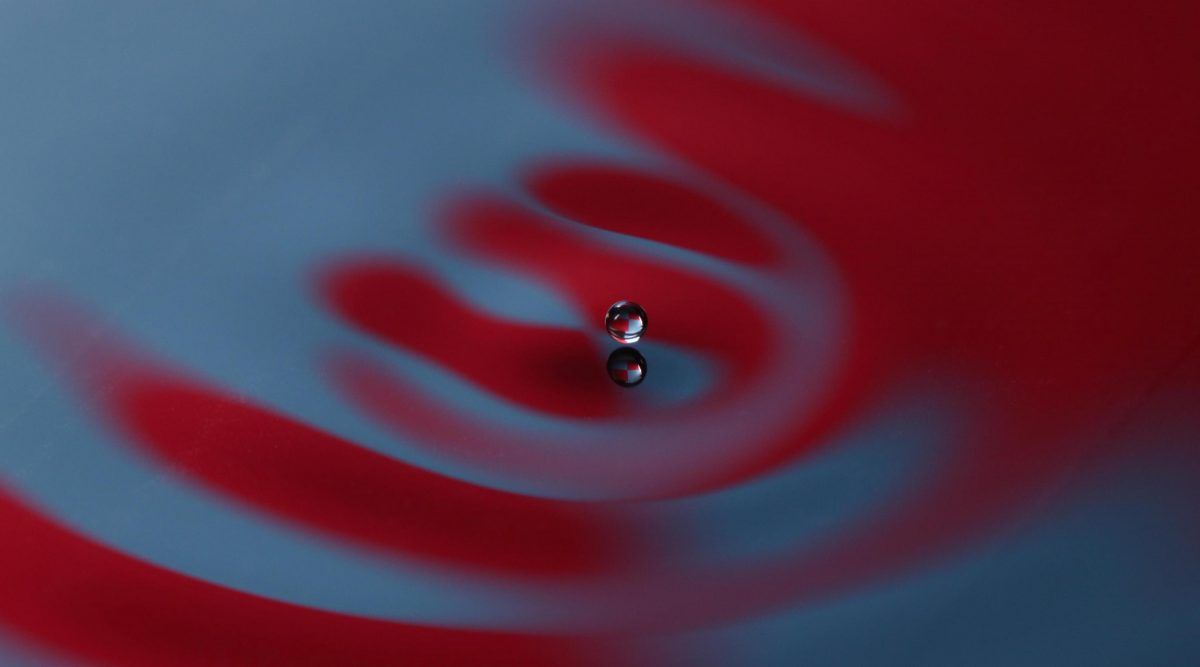There has been a lot of digital ink spilled over the recent paper on the reactionless thrust device known as the EMDrive. While it’s clear that a working EM Drive would violate well established scientific theories, what isn’t clear is how such a violation might be resolved. Some have argued that the thrust could be an effect of Unruh radiation, but the authors of the new paper argue instead for a variation on quantum theory known as the pilot wave model.
One of the central features of quantum theory is its counter-intuitive behavior often called particle-wave duality. Depending on the situation, quantum objects can have characteristics of a wave or characteristics of a particle. This is due to the inherent limitations on what we can know about quanta. In the usual Copenhagen interpretation of quantum theory, an object is defined by its wavefunction. The wavefunction describes the probability of finding a particle in a particular location. The object is in an indefinite, probabilistic state described by the wavefunction until it is observed. When it is observed, the wavefunction collapses, and the object becomes a definite particle with a definite location.
While the Copenhagen interpretation is not the best way to visualize quantum objects it captures the basic idea that quanta are local, but can be in an indefinite state. This differs from the classical objects (such as Newtonian theory) where things are both local and definite. We can know, for example, where a baseball is and what it is doing at any given time.









